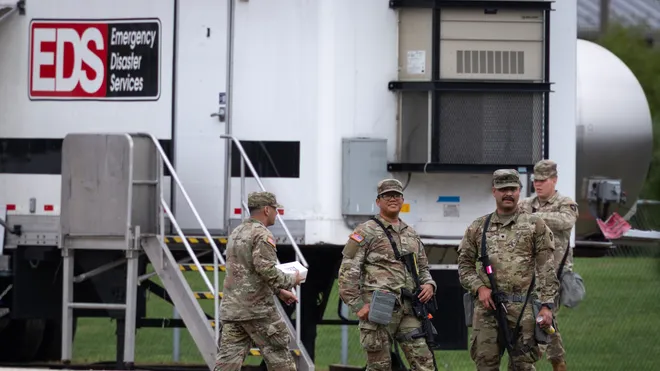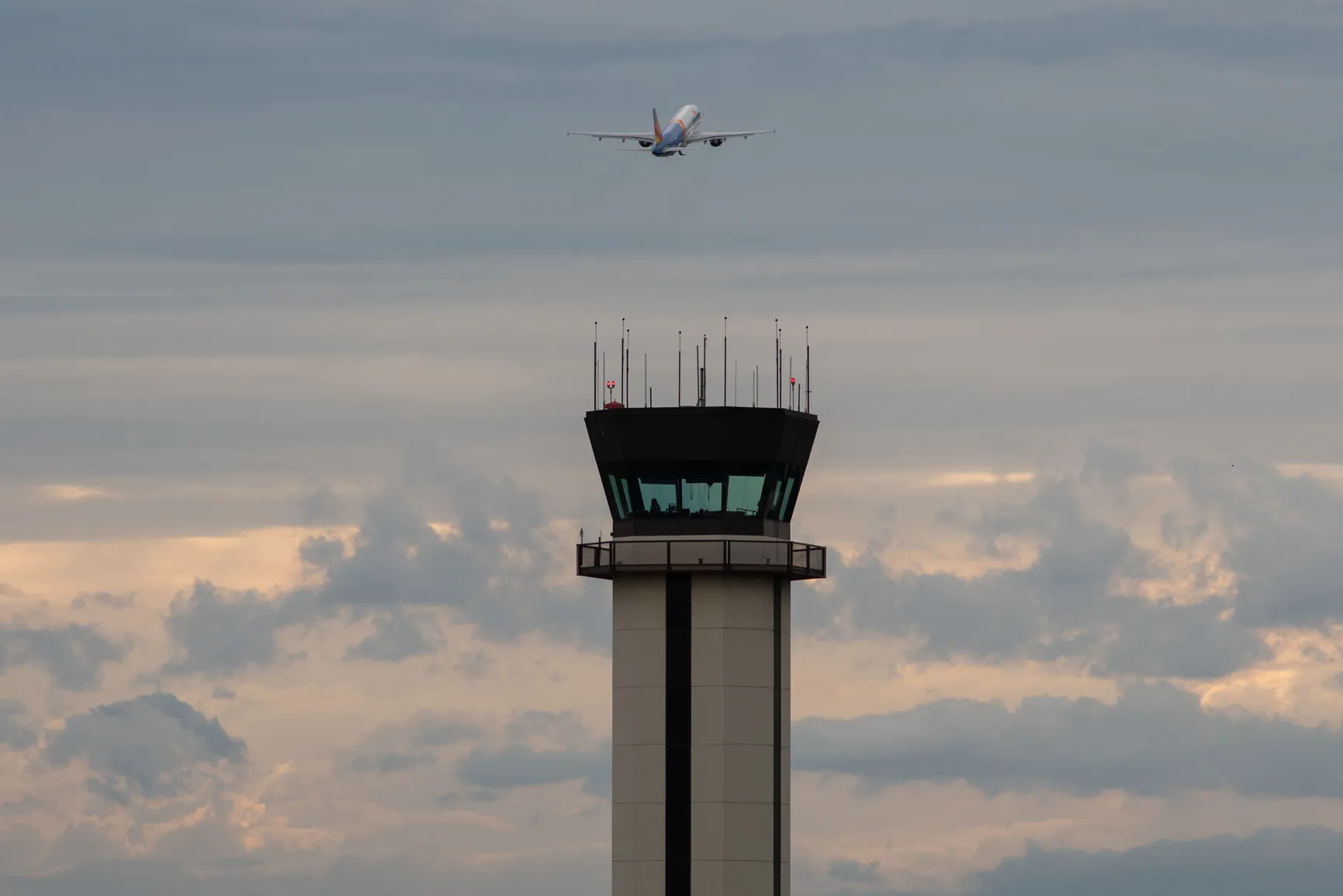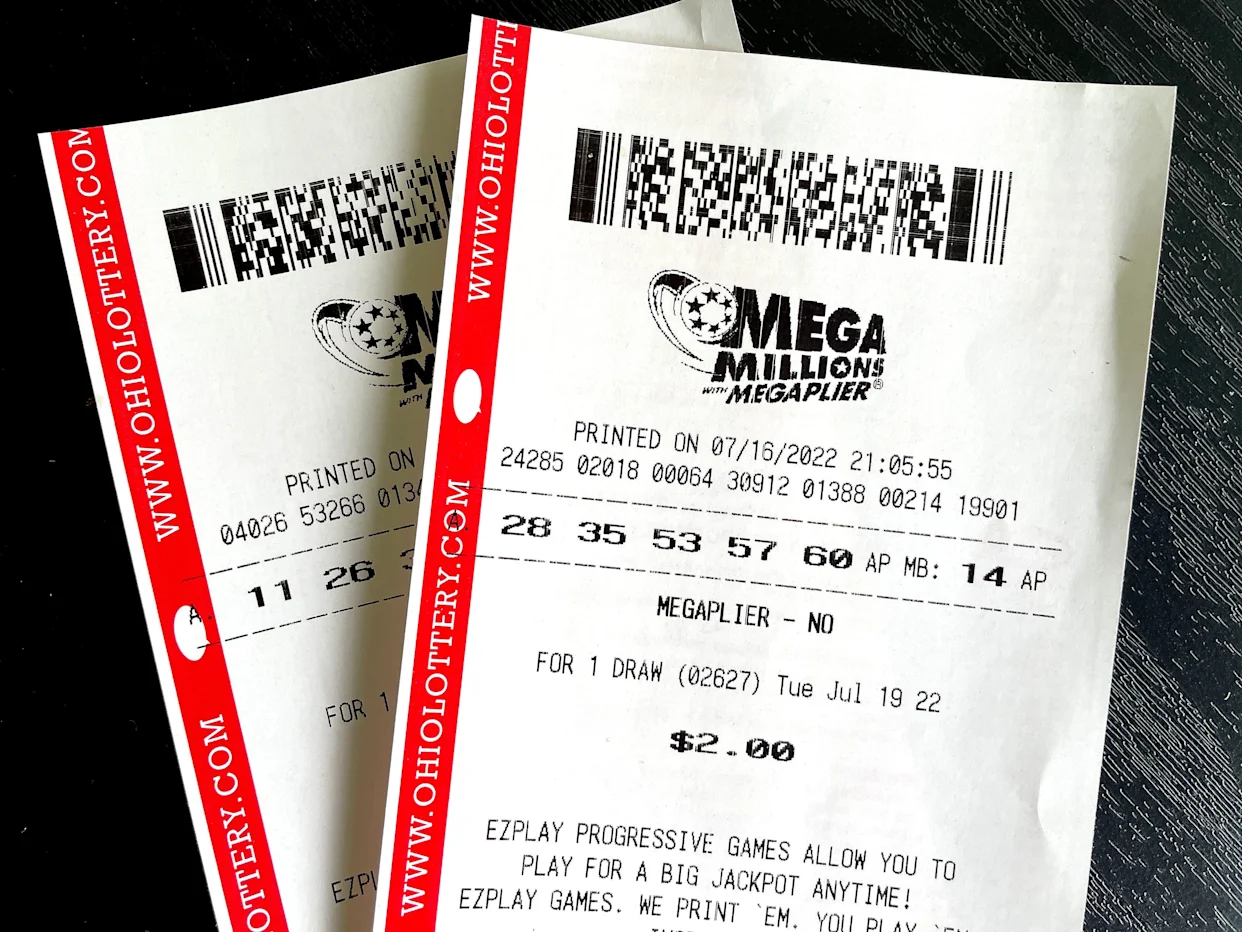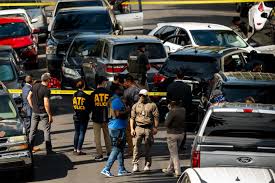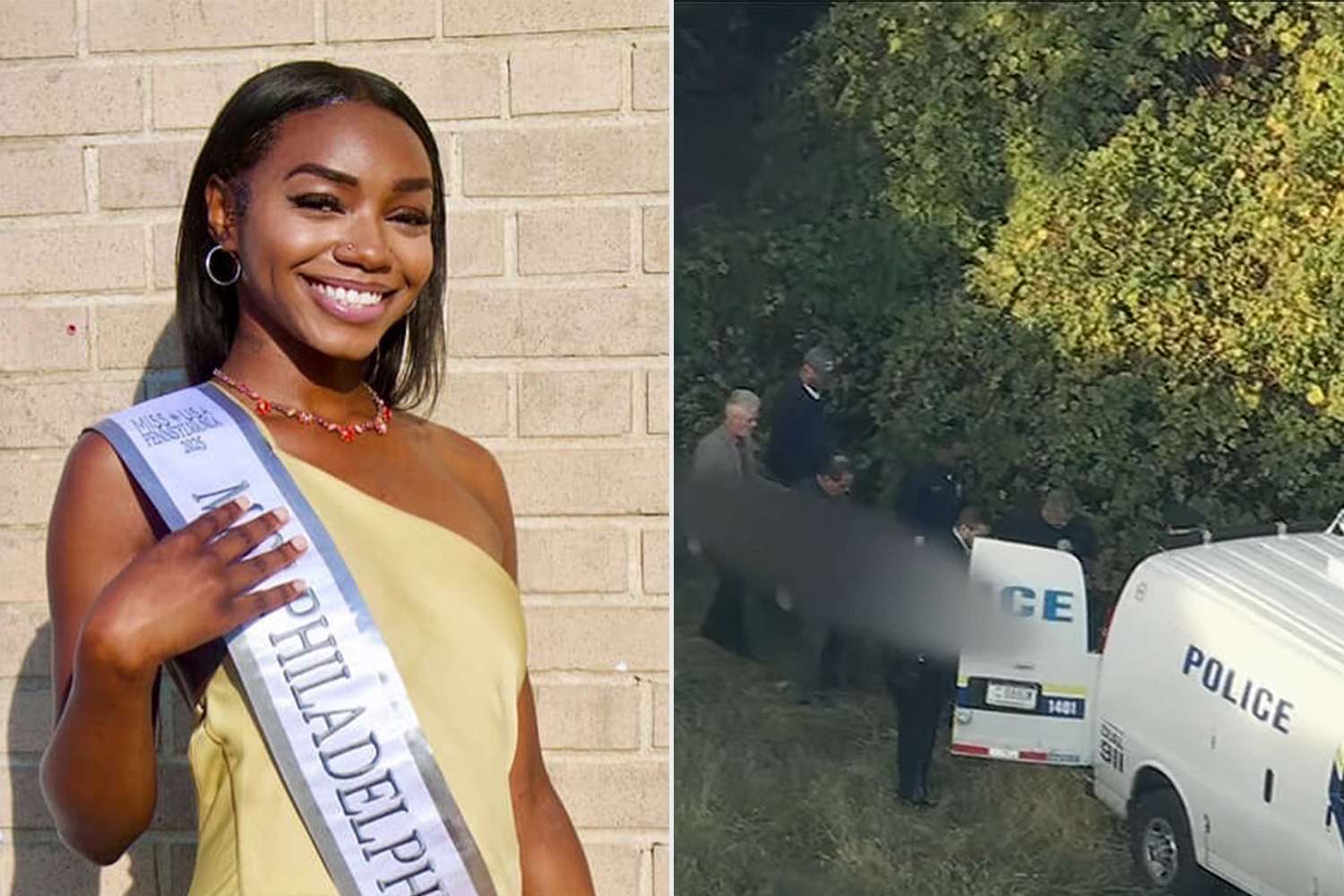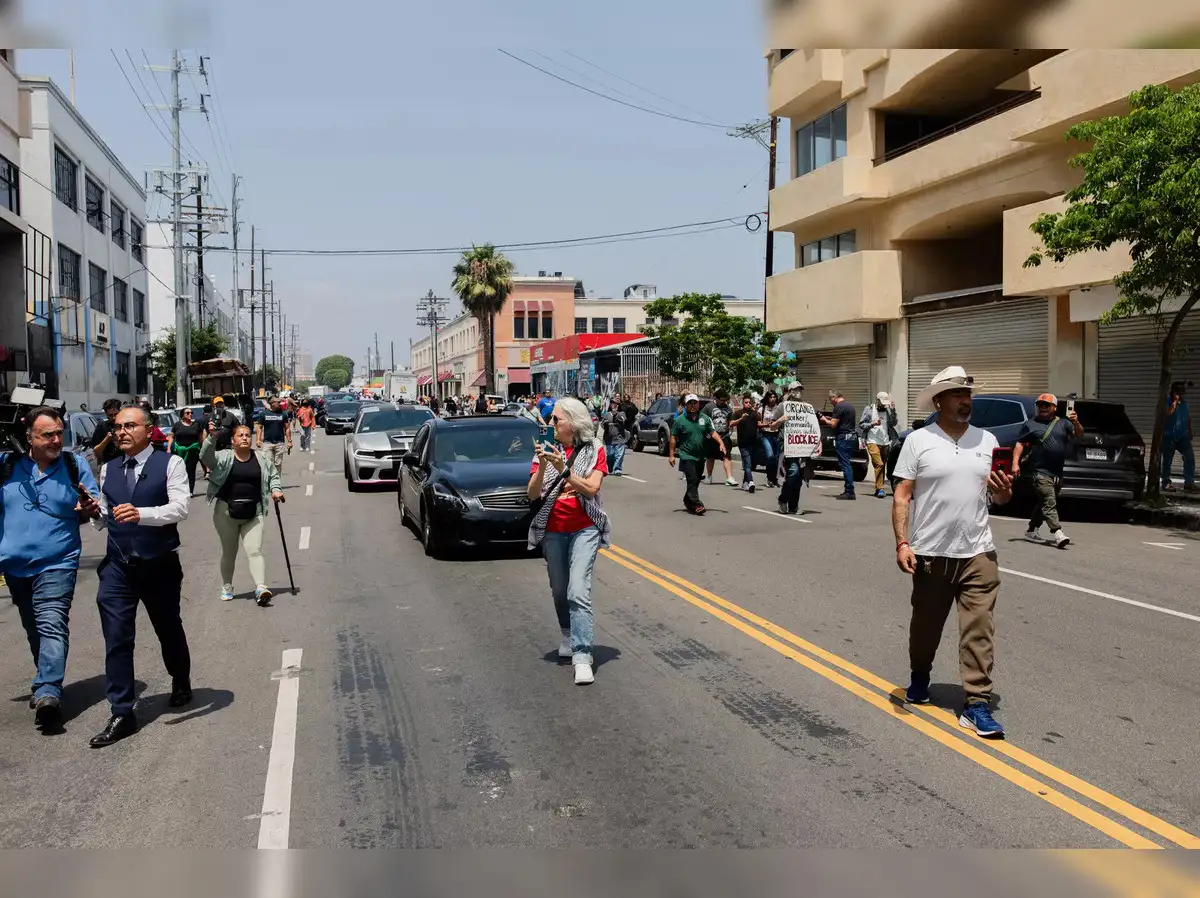
⏳ Timeline & Trigger
-
Saturday, June 7–8: Protests erupted in Los Angeles and Paramount after aggressive ICE workplace raids, during which 44 migrants were detained.
-
These demonstrations initially involved a few hundred people but quickly widened to thousands, impacting highways like the I‑101 and surrounding federal buildings.
🛡️ Federal Response & Troop Deployment
-
President Trump invoked Title 10 of the U.S. Code—without state approval—to federalize 2,000 California National Guard troops and place them under federal command. Marines at Camp Pendleton were also held in reserve. This marks the first use of Title 10 to deploy a state’s Guard against protests without gubernatorial consent since 1965.
🔥 Law Enforcement & Protest Dynamics
-
Heavily armed Guard units and riot-equipped LAPD swarmed areas around the Roybal Federal Building and Paramount. Tear gas, flash-bangs, pepper spray, and rubber bullets were deployed to disperse demonstrators. There were over 30 arrests via LA Police and California Highway Patrol.
⚖️ Political and Legal Fallout
-
Governor Newsom labeled the deployment “unlawful,” demanding its reversal and accusing the President of fabricating a crisis.
-
Mayor Bass echoed this sentiment, stating local authorities could manage the situation without military interference.
-
Federal official Kristi Noem defended the move, citing threats to ICE agents; national security and conservative figures praised the stance.
⚠️ Broader Implications
-
Civil liberties at risk: Critics see this as an escalation and militarization of domestic protests, setting potentially dangerous legal precedents—especially given that the Insurrection Act was not invoked.
-
Polarization deepens: The incident highlights and deepens partisan tensions between federal authority and sanctuary-minded state/local governments.
📰 What Happens Next
-
The National Guard remains stationed at key federal sites in L.A.
-
The legality of federal troop deployment without gubernatorial order may face judicial review.
-
Protests continue—nonviolent free speech is ongoing, though confrontations and law enforcement actions persist
